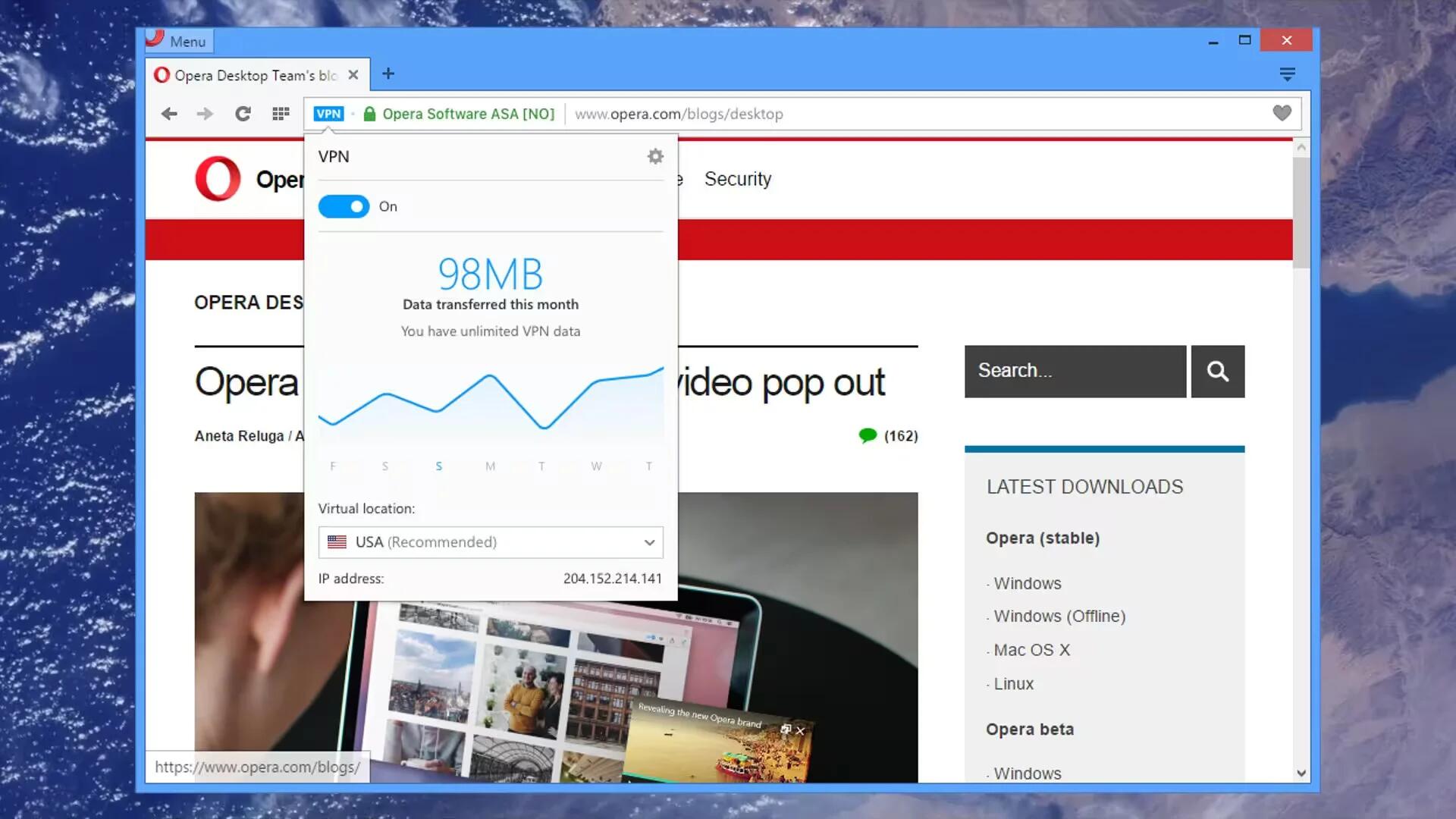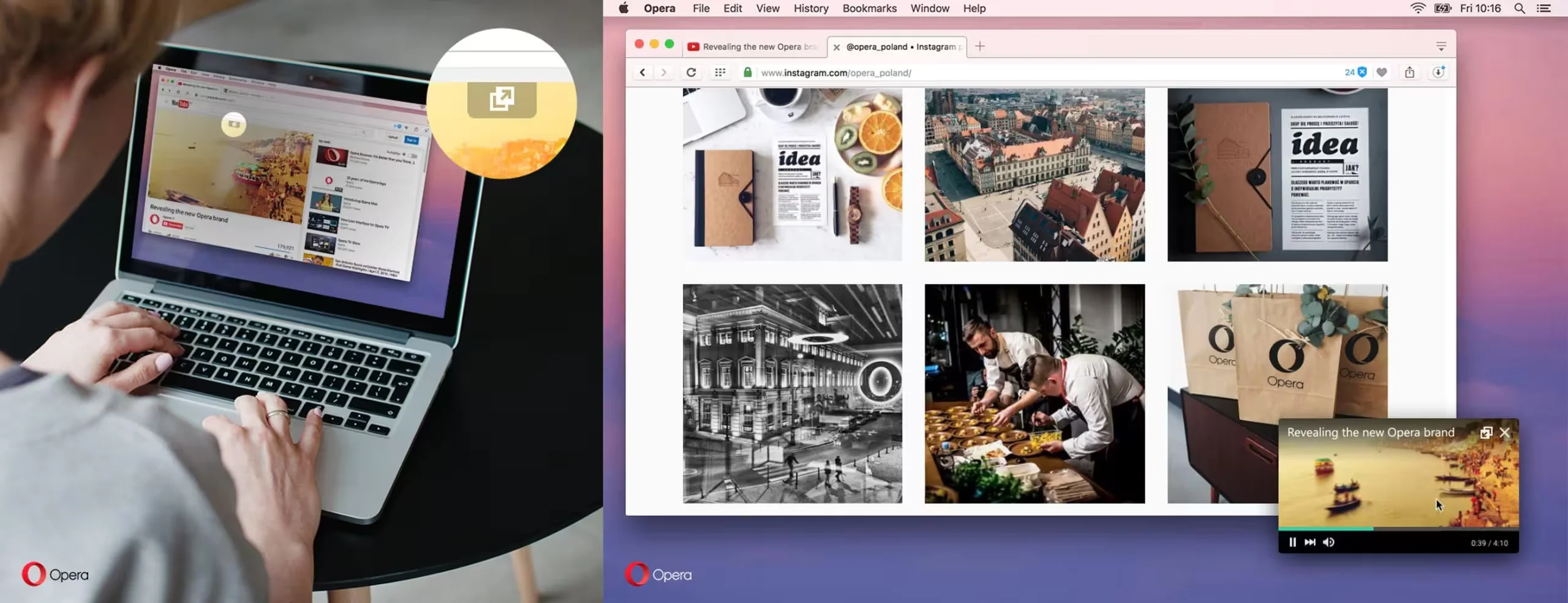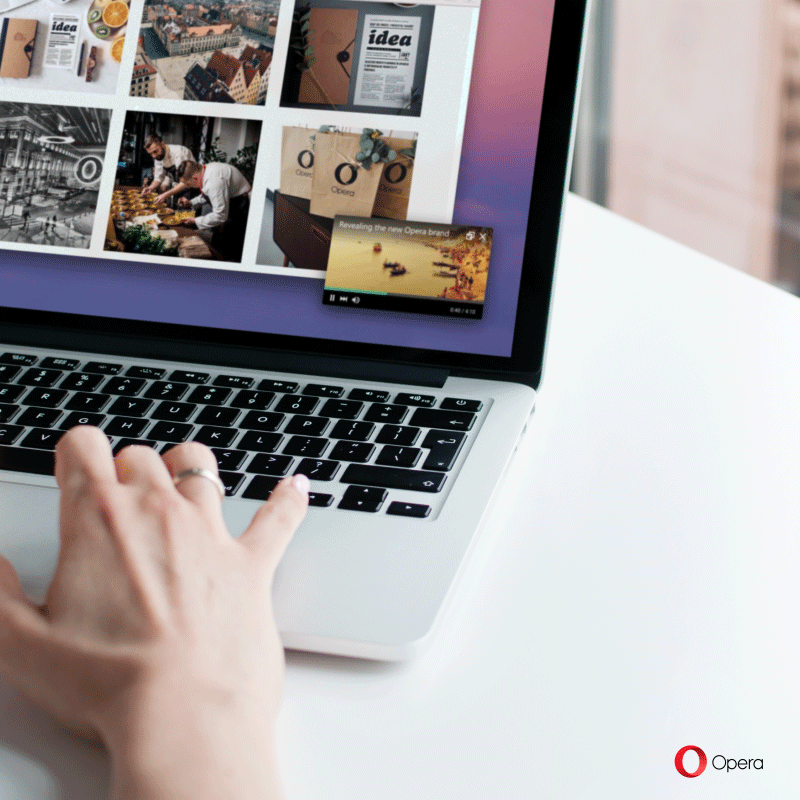Opera has released a developer version of its desktop web browser with free unlimited native VPN support. With the addition of a built-in VPN client, Opera becomes the first major browser to integrate an unlimited and free VPN or virtual private network.
People who use VPN to browse internet, usually do it to dodge firewalls to access restricted contents or to keep their privacy. This means they usually had to either install a third-party client or use a relatively niche browser with the feature built-in. By including a native VPN client Opera gives these users a more mainstream option.
To use the VPN, you just go to Settings on Windows or Preferences on a Mac, and then toggle the VPN on in the Privacy & Security section. With a simple toggling of switch, you get a 256-bit encrypted connection that hides your connection details and prevents sites or governments from blocking content they do not want you to see. A button will also appear in the browser address field, from which the user can see and change location (more locations will appear later), check whether their IP is exposed and review statistics for their data used.
Opera cites a research report from Global Web Index that claims more than half a billion people (24% of the world’s internet population) have tried or are currently using VPN services. The research report breaks major reasons for why people use VPN, which you can find below,
- To access better entertainment content (38%)
- To keep anonymity while browsing (30%)
- To access restricted networks and sites in my country (28%)
- To access restricted sites at work (27%)
- To communicate with friends/family abroad (24%)
- To access restricted news websites in my country (22%)
According to Opera, their native VPN is better than other free alternatives and offers several must-have options available in paid VPNs.
- Hide your IP address – Opera will replace your IP address with a virtual IP address, so it is harder for sites to track your location and identify your computer. This means you can browse the web more privately.
- Unblocking of firewalls and websites – Many countries, schools and workplaces block video-streaming sites, social networks and other services. By using a VPN, you can access your favorite content, no matter where you are.
- Public Wi-Fi security – When you are surfing the web on public Wi-Fi, intruders can easily sniff data. By using a VPN, you can improve the security of your personal information.
This new developer version also brings features that are more exciting.
Video pop-up
The new video pop out feature will allow users to watch video while browsing other sites. To use it, go to a video page, such as YouTube, and run a video. You should see an additional button in the middle of the top border. Click the button to pop out your video. The video, of course, has its own controls to use. You can also re-attach the video or immediately dismiss it with one hit of the quick close button in the upper-right corner – this action will also pause the original video.
Add your own photo as theme
Now you can just go to “Customize startpage” and click “+” button and use your own photos to create a theme.
Extension button visible on the Speed Dial side panel
All extension users will have the extension manager always handy. The extension icon is visible on side panel on the left side of the Speed Dial page.
Support for adding a personal ad blocker list
Opera’s native ad blocker now contains support for adding your own block lists. To add your own custom list file, head to Settings and click the “Custom Block Lists” button in the ad-blocking section (note that “Show advanced settings” from the “Browser” panel must be enabled to see the button).
The lists have to be in EasyList-style format, and you can use existing lists such as the EasyList affiliate lists to ensure you get to block all that you want. As a reminder, Opera itself provides a block list based on the publicly available EasyList and EasyPrivacy.
Speed Dial improvements
The Speed Dial you will notice three little dots on hover in place where close button used to be. It has the same content as context menu, so you can open, edit or remove speed dial.


